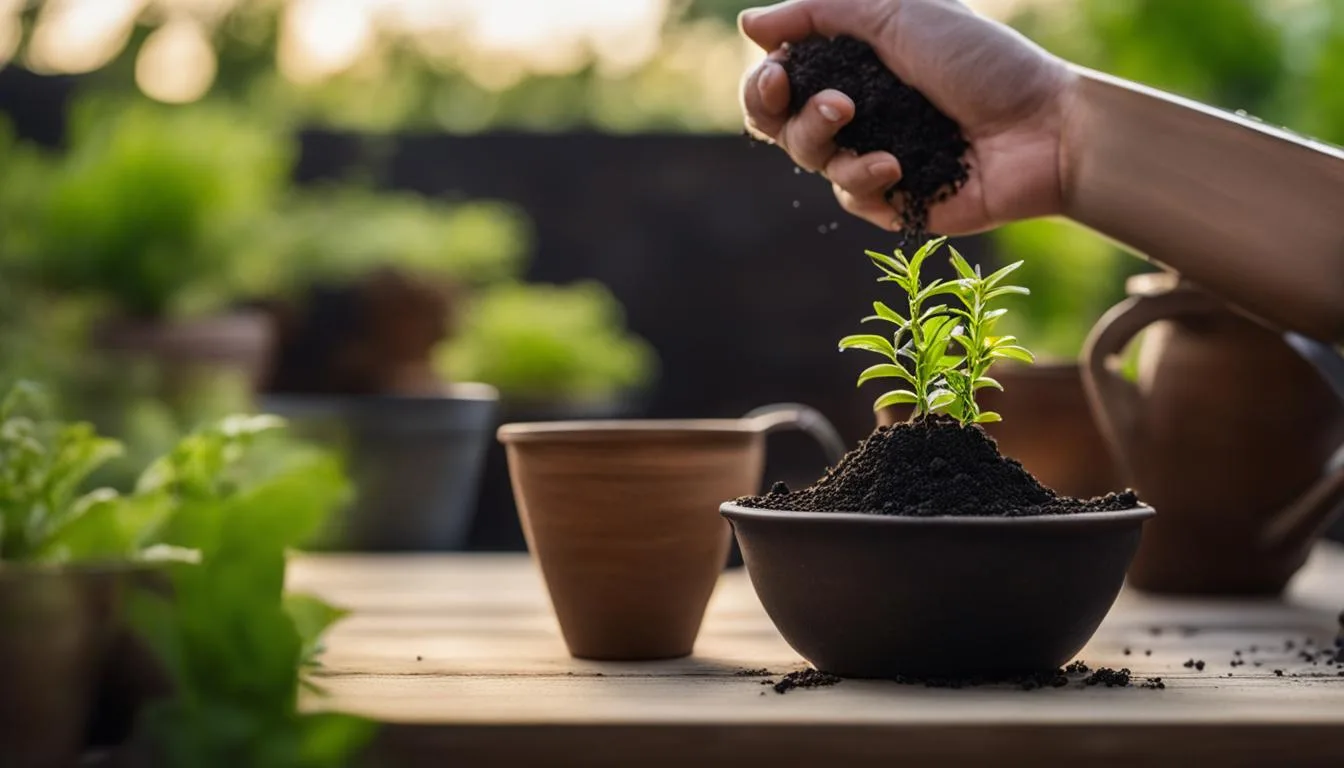
The String of Pearls, also known as the Curio Rowleyanus, is a unique trailing succulent native to the southern tip of Africa. It has green ball-shaped leaves that resemble peas, making it a favorite among plant enthusiasts.
In this comprehensive guide, I will share tips on potting, light requirements, watering, propagating, and fertilizing the String of Pearls plant. I will also discuss the best soil type, care for indoor and hanging basket display, and its trailing nature.
Key Takeaways:
- Proper potting with a well-draining succulent soil mix is crucial for the health of your String of Pearls.
- Provide bright and indirect sunlight, avoiding extreme temperatures and direct sunlight.
- Water lightly and avoid overwatering to prevent root rot.
- Propagate through water or soil, following specific techniques for successful multiplication.
- Fertilize monthly during the growing season with a balanced liquid fertilizer diluted at half the recommended rate.
Potting: The Right Soil and Pot for your String of Pearls
When it comes to potting your String of Pearls, choosing the right soil and pot are crucial for its overall health and growth. The String of Pearls thrives in well-draining soil that mimics its natural habitat.
A succulent soil mix, which can be found at garden centers, is an ideal choice. This mix typically consists of a combination of soil and sand to improve soil aeration and water flow. Adding perlite to the mix can further enhance drainage.
When selecting a pot for your String of Pearls, opt for one that is slightly larger than the plastic pot it came in. It should have a drainage hole to prevent water from pooling at the bottom.
This helps to avoid overwatering and root rot. Begin by placing a layer of soil at the bottom of the pot. Carefully transfer the plant into the new pot, making sure the roots are just below the rim. Fill the pot with the remaining soil, gently untangling and arranging the stems as needed.
Potting your String of Pearls with the right soil and in a suitable pot will provide it with the proper conditions for healthy growth and vibrant pearls.
Summary of Potting Recommendations
| Aspect | Recommendation |
|---|---|
| Soil | Well-draining succulent soil mix |
| Pot Size | Slightly larger than plastic pot |
| Drainage | Pot with a drainage hole |
Light: Providing the Right Amount of Sunlight for Your String of Pearls
Proper lighting is essential for the health and well-being of your String of Pearls. This unique succulent thrives in bright and sunny environments, mimicking its natural habitat in southern Africa.
To ensure optimal growth and maintain the vibrancy of its pearls, it’s important to provide the right amount of sunlight.
The String of Pearls prefers bright, indirect light, making it an ideal plant for east or west-facing windows. Placing your plant near a window will allow it to receive ample sunlight throughout the day. However, it’s important to protect it from direct sunlight, as excessive exposure can cause burning or scorching of the leaves.
During the warmer months, your String of Pearls can also benefit from bright indirect light on a sun porch or covered patio. This will provide the plant with the necessary light energy for photosynthesis, ensuring healthy growth and a lush appearance.
Remember to monitor the temperature around your String of Pearls, as extreme heat or cold can be detrimental to its health. With the right balance of sunlight and temperature, your String of Pearls will thrive and bring beauty to your indoor space.
String of Pearls Light Requirements
| Light Level | Recommendations |
|---|---|
| Bright Indirect Light | – Place near east or west-facing windows – Protect from direct sunlight – Ideal for indoor spaces with bright light |
| Filtered Sunlight | – Suitable for sun porches or covered patios – Provides bright indirect light – Shield from extreme temperatures |
Watering: Establishing a Proper Watering Routine for Your String of Pearls
Proper watering is essential for the health and well-being of your String of Pearls plant. This unique succulent requires a delicate balance of moisture to thrive. Overwatering can lead to root rot, while underwatering can cause the leaves to shrivel and drop. To ensure the optimal growth and appearance of your String of Pearls, it is important to establish a proper watering routine.
Determining the Watering Schedule
The key to watering your String of Pearls is to allow the soil to dry out slightly between waterings. As a general guideline, water the plant when the top half of the potting soil feels dry to the touch.
Insert your finger into the soil or lift the pot to gauge its weight. If it feels light and dry, it is time to water the plant. However, if the soil feels moist or heavy, it is best to hold off on watering.
Watering Technique and Amount
When watering your String of Pearls, it is important to use a gentle technique to avoid overwatering. Rather than drenching the plant, aim to moisten the soil evenly.
Use lukewarm to cool water and pour it onto the top half of the pot, allowing it to trickle down to the roots. Be mindful not to pour water directly onto the pearls, as excess moisture can cause them to rot. Remember, it is better to underwater than overwater the plant.
| Watering Tips for Your String of Pearls |
|---|
| Water the plant when the top half of the potting soil feels dry to the touch. |
| Use lukewarm to cool water and pour it onto the top half of the pot, allowing it to trickle down to the roots. |
| Avoid pouring water directly onto the pearls, as excess moisture can cause them to rot. |
| Be mindful not to overwater the plant, as this can lead to root rot. |
By following a proper watering routine and paying attention to the needs of your String of Pearls, you can ensure a healthy and thriving plant.
Remember to observe the signs of underwatering or overwatering, adjust your watering frequency based on the climate and humidity of your location, and enjoy the beauty of your well-cared-for succulent.
Propagating: How to Multiply Your String of Pearls Collection
One of the most rewarding aspects of caring for a String of Pearls plant is the opportunity to propagate and expand your collection. There are several methods of propagation that can be used, including water propagation, soil propagation, and layering. Each technique offers its own advantages and can be easily accomplished with a little patience and care.
Water Propagation
Water propagation is a popular and effective method for propagating String of Pearls. To propagate your plant in water, start by taking a healthy stem cutting, making sure it has several beads.
Remove the beads from the bottom 1.5-2 inches of the cutting. Allow the cutting to callus for about 24 hours before placing it in a container of water. Make sure the beads are above the water line to prevent them from rotting.
Change the water every few days to keep it clean and fresh. After a few weeks, you should start to see roots forming on the cutting. Once the roots are well-developed, you can transfer the cutting to a well-draining succulent soil mix.
Soil Propagation
Soil propagation is another effective method for multiplying your String of Pearls. To propagate in soil, begin by taking a stem cutting with several beads. Remove the beads from the bottom 1.5-2 inches of the cutting and let it callus for about 24 hours.
Fill a small pot with moist succulent soil mix and make a hole for the cutting. Insert the cutting into the hole and gently firm the soil around it. Mist the plant to keep the soil slightly moist until roots form, then gradually reduce watering as the plant establishes itself.
Layering
Layering is a unique method of propagation that can be used to create new plants from existing ones. To layer your String of Pearls, choose a healthy stem and gently coil it over the top of moist soil. Use a small anchor, such as a bent paperclip, to hold the stem in place.
Make sure the area where the stem touches the soil is in contact with the soil. Mist the plant to keep the soil slightly moist and wait for roots to develop. Once roots have formed, you can cut the stem from the parent plant and transplant the new plant.
| Propagation Method | Description |
|---|---|
| Water Propagation | Take a stem cutting and place it in water until roots develop. Transfer to soil. |
| Soil Propagation | Take a stem cutting and insert it into moist soil. Mist to keep soil slightly moist until roots form. |
| Layering | Coil a stem over moist soil and anchor it. Wait for roots to form before cutting and transplanting. |
Fertilizing: Providing Proper Nutrients for Your String of Pearls
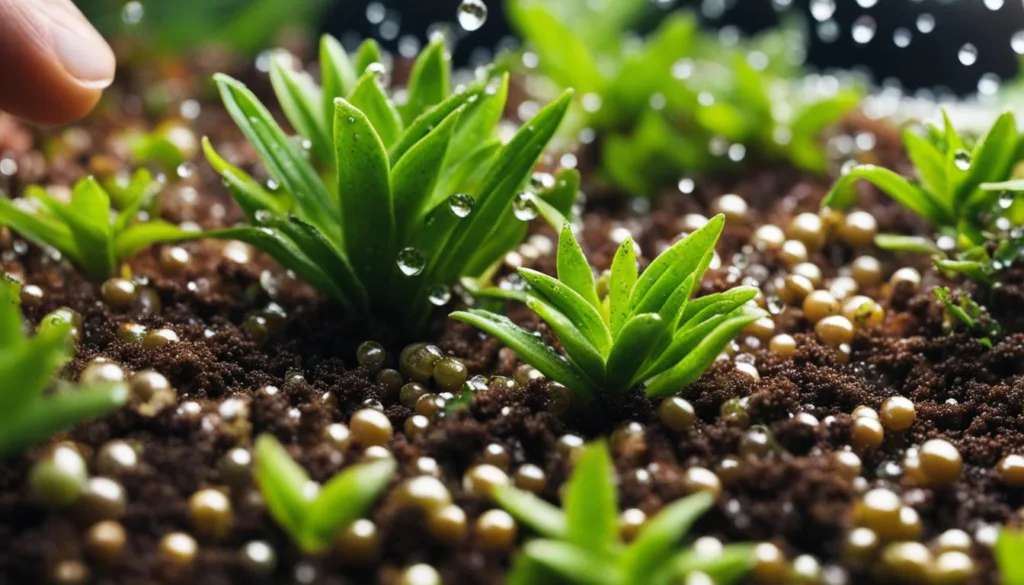
The String of Pearls, like any other plant, requires proper nutrients to thrive and maintain its health. Fertilizing your String of Pearls is an essential part of its care routine. By providing the right balance of nutrients, you can promote healthy growth and vibrant pearls.
When it comes to fertilizing your String of Pearls, it’s important to choose a balanced fertilizer specifically formulated for succulents. A balanced fertilizer contains an equal ratio of nitrogen (N), phosphorus (P), and potassium (K). This ensures that the plant receives all the essential elements it needs to flourish.
It is recommended to fertilize your String of Pearls once a month during the growing season, which is typically in spring and summer. Dilute the balanced fertilizer to half the recommended strength to avoid over-fertilization.
This will prevent any potential damage to the plant’s roots and ensure a healthy nutrient uptake. Apply the diluted fertilizer when watering the plant to evenly distribute the nutrients throughout the soil.
Remember to follow the packaging instructions of the fertilizer you choose, as different brands may have specific guidelines for application. With proper fertilization, your String of Pearls will continue to thrive, rewarding you with its beautiful trailing vines and luscious pearls.
Comparison of Popular String of Pearls Fertilizers
| Fertilizer Brand | N-P-K Ratio | Fertilizer Type | Application Frequency |
|---|---|---|---|
| Brand A | 10-10-10 | Liquid | Once a month |
| Brand B | 5-10-5 | Granular | Every 2 months |
| Brand C | 14-14-14 | Spike | Once every 3 months |
String of Pearls Toxicity: Keeping Your Pets and Loved Ones Safe
The String of Pearls, with its unique and attractive appearance, is a beloved addition to many households. However, it is essential to be aware that this plant is toxic to both humans and pets if ingested. The leaves and beads of the String of Pearls contain toxic compounds that can cause discomfort, illness, and, in severe cases, even be life-threatening.
As a responsible plant owner, it is crucial to take precautions to ensure the safety of your loved ones, including furry friends. Keep the plant out of reach of pets and small children, placing it in a location where its fallen beads cannot be accessed.
Promptly remove any fallen beads to prevent accidental ingestion. Educate your household members and guests about the toxicity of the plant to minimize the risk of exposure.
If you suspect that your pet or a person has ingested any part of the String of Pearls and is experiencing symptoms such as vomiting, diarrhea, or difficulty breathing, seek immediate medical attention. Contact a veterinarian or a poison control center for guidance on the necessary steps to take.
Common Symptoms and Treatment for String of Pearls Toxicity
| Symptoms | Treatment |
|---|---|
| Nausea and vomiting | – Remove any remaining plant material from the mouth – Rinse mouth with water – Monitor for further symptoms and seek medical attention if necessary |
| Diarrhea | – Ensure the affected individual remains hydrated – Consult a healthcare professional for guidance |
| Difficulty breathing | – Seek immediate medical attention – Contact a healthcare professional or emergency services |
Remember, the beauty of the String of Pearls can be enjoyed from a safe distance. Place it in a location where it adds charm to your space while ensuring the well-being of your loved ones. With proper care and precaution, you can create a safe and harmonious environment for both your plants and your family.
Display: Showcasing Your String of Pearls in Hanging Baskets and Indoor Settings
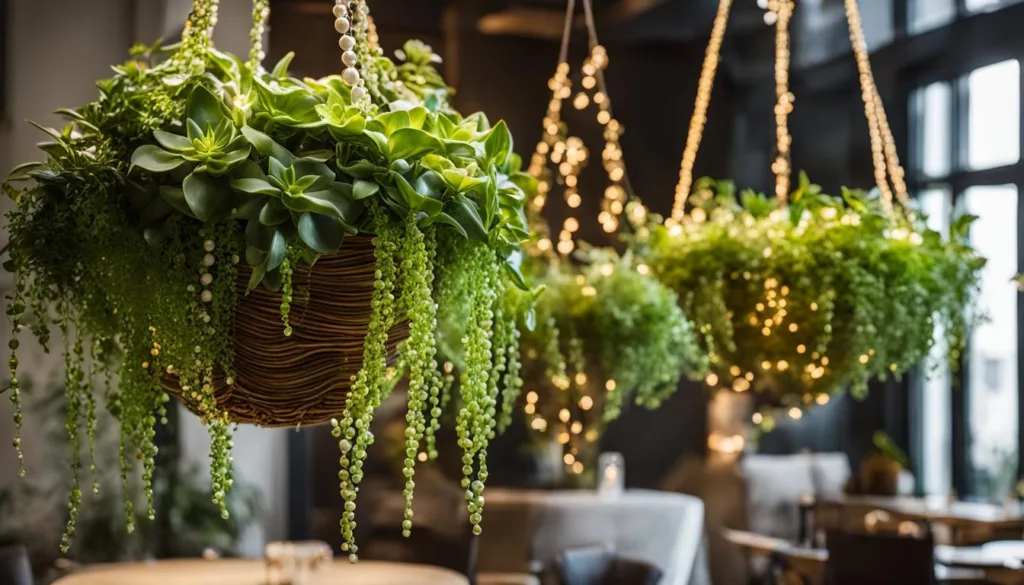
When it comes to displaying your String of Pearls, the options are endless. This unique succulent lends itself well to hanging baskets, where its trailing vines can cascade over the edge, creating a beautiful curtain of green pearls. Whether you hang it indoors near a window or outdoors on a covered patio, the String of Pearls will thrive in bright indirect light.
To create an eye-catching indoor display, consider grouping your String of Pearls with other plants of varying heights and textures. This will add depth and vibrancy to your space, turning it into a lush indoor oasis. When arranging the plant, be sure to untangle and arrange the stems to create an aesthetically pleasing arrangement.
In addition to hanging baskets and indoor displays, the String of Pearls can also be showcased in terrariums or as part of a succulent wall. Get creative and let your imagination run wild when it comes to displaying this beautiful trailing plant. It’s sure to be a conversation starter and bring a touch of nature into any environment.
Potential placement ideas:
- Hang a large hanging basket filled with String of Pearls near a west-facing window to create a stunning natural curtain of green beads.
- Create a succulent wall featuring the String of Pearls as one of the cascading plants, alongside other trailing succulents like the String of Bananas or String of Hearts.
- Arrange a display of multiple String of Pearls plants in varying sizes and heights, placing them on a shelf or mantel to add a touch of greenery to your room.
- Place a small hanging basket with a single String of Pearls in a bathroom or kitchen, allowing it to cascade down and soften the space.
| Plant Care | Hanging Basket Display | Indoor Care |
|---|---|---|
| Sunlight: Bright indirect light | Hang near a window to provide ample sunlight | Place near a window for bright indirect light |
| Watering: Light watering | Ensure proper drainage in the basket to prevent waterlogging | Water the top half of the soil, allowing it to dry out slightly between waterings |
| Soil: Well-draining succulent soil mix | Use a well-draining soil mix in the basket to promote healthy root growth | Choose a well-draining succulent soil mix for potted plants |
| Fertilizing: Monthly during growing season | Apply a balanced liquid fertilizer monthly to provide necessary nutrients | Fertilize monthly during the growing season with a diluted balanced liquid fertilizer |
Troubleshooting Common Issues for the String of Pearls
As much as we strive to provide the best care for our String of Pearls plants, sometimes problems can arise. It’s important to be able to identify and address these common issues to ensure the health and vitality of your plant. Here are some common problems you may encounter and their solutions:
Leaves Shriveling
If you notice that the leaves of your String of Pearls are shriveling, it could be a sign of underwatering. Check the moisture level of the soil by inserting your finger about an inch deep.
If the soil feels dry, it’s time to water your plant. Remember to water the top half of the pot and allow the soil to dry out slightly before watering again. Adjust your watering routine based on the climate and humidity of your location.
Leaves Dropping
Leaves dropping can be caused by various factors, including overwatering, underwatering, or sudden changes in temperature or humidity. Assess the soil moisture to ensure you are providing the right amount of water.
Check the location of your plant to ensure it is not exposed to drafts or extreme temperatures. Consistency in watering and creating a stable environment will help prevent leaves from dropping.
Too Much Sunlight
The String of Pearls thrives in bright and sunny environments, but excessive sunlight can cause leaf burning and discoloration. If you notice signs of sun damage, such as brown or yellow patches on the leaves, consider moving your plant to a location with indirect sunlight. Adjusting the amount of sunlight your plant receives will help prevent further damage and promote healthy growth.
Protection from Drafts
The String of Pearls is sensitive to drafts and extreme temperature changes. Avoid placing your plant near open windows, vents, or areas with direct airflow. Drafts can cause stress to the plant and result in leaf dropping or stunted growth. Find a stable location for your String of Pearls where it can enjoy consistent temperatures and avoid exposure to drafts.
Remember, every plant is unique, and it may require some trial and error to find the perfect care routine for your String of Pearls. By addressing these common issues and providing the necessary care, you can ensure a thriving and beautiful plant that will bring joy and greenery to your space.
Blooming: Encouraging the String of Pearls to Flower
The String of Pearls can produce small, white trumpet-shaped flowers under the right conditions. Encouraging flowering in your String of Pearls can be a rewarding experience that adds a touch of beauty to your plant collection. Understanding the blooming period and conditions can help you create the optimal environment for your plant to bloom.
The String of Pearls typically blooms during the spring months. To encourage blooming, it is important to provide a rest period for the plant during the winter. This rest period is necessary for the plant to store energy and prepare for flowering.
You can achieve this by placing your String of Pearls in a cool location with temperatures between 13-16°C. Reduce watering during this time, allowing the soil to slightly dry out between waterings.
In addition to the rest period, providing the right conditions is crucial for blooming. The String of Pearls thrives in bright indirect light, so ensure that your plant is placed in a well-lit area near a window. Avoid placing it in direct sunlight, as this can cause sunburn or damage to the leaves.
Maintaining a consistent watering routine is also important during the blooming period, keeping the soil moist but not overly saturated.
| Blooming Period | Conditions |
|---|---|
| Spring | Rest period in cool temperatures (13-16°C), reduced watering, bright indirect light |
By providing the appropriate rest period, light, and watering, you can encourage your String of Pearls to bloom and enjoy the delicate beauty of its flowers. Remember to be patient, as it may take some time for your plant to produce blooms.
With proper care and attention, your String of Pearls can reward you with a stunning display of flowers that add a unique charm to your indoor or outdoor space.
Conclusion: Enjoy the Beauty and Rewards of a Well-Cared-for String of Pearls
After reading this comprehensive guide on String of Pearls care and display, you are now equipped with the knowledge and tips to keep your plant healthy and thriving.
By following the proper potting techniques, providing the right amount of sunlight and water, and understanding how to propagate and fertilize, you can create an optimal environment for your String of Pearls to flourish.
The rewards of your care and attention will be evident as you watch the cascading vines and vibrant pearls grow and thrive in your home or garden. The String of Pearls is a unique and eye-catching plant that can bring beauty and greenery to any space.
Remember to take precautions due to the plant’s toxicity and keep it out of the reach of pets and small children. Regularly inspect your plant for common issues and address them promptly to ensure its continued health.
Enjoy the satisfaction of seeing your well-cared-for String of Pearls flourish and bloom, taking pride in the beauty you have created. Your dedication and efforts will be rewarded with an enchanting and visually stunning succulent that will be a focal point in any setting.
FAQ
What type of soil should I use when potting my String of Pearls?
It is important to use a well-draining succulent soil mix, which can be purchased at garden centers. This mix typically contains a combination of soil and sand to aid in soil aeration and water flow. Adding perlite to the soil mix can further improve drainage.
How do I pot my String of Pearls?
Choose a pot that is slightly larger than the plastic one it came in, ensuring it has a drainage hole to prevent waterlogging. Place a layer of soil at the bottom of the pot and carefully transfer the plant, positioning it so the roots are just below the rim. Fill the pot with the remaining soil, untangling and arranging the stems as needed.
Where should I place my String of Pearls to ensure it gets enough sunlight?
The String of Pearls thrives in bright and sunny environments, making it ideal for east or west-facing windows. Place the plant near a window to ensure it receives ample sunlight throughout the day. However, be cautious of extreme temperatures and direct sunlight, as these can harm the plant.
How often should I water my String of Pearls?
The String of Pearls has a shallow root system and prefers to be lightly watered. It is important not to overwater the plant, as this can lead to root rot. Use lukewarm to cool water and water the top half of the pot, allowing the soil to dry out slightly before watering again. Adjust the watering frequency based on the climate and humidity of your location.
How can I propagate my String of Pearls?
The String of Pearls can be propagated through water or soil. To propagate in water, take a healthy stem cutting and remove the beads about 1.5-2 inches from the bottom. Let the cutting callus for 24 hours and then place it in water, ensuring that the beads are above the water line. Change the water regularly and once roots have formed, transfer the cutting to a well-draining succulent soil mix. Another method of propagation is through soil. Follow the same cutting and callusing process, but instead of placing it in water, insert the cutting into moist potting soil. Mist the plant to keep the soil slightly moist until roots form. Layering is also an effective method, where you coil a cutting over the top of moist soil and anchor it to encourage root growth.
How often should I fertilize my String of Pearls?
The String of Pearls benefits from monthly fertilization during its growing season (spring and summer). Use a balanced liquid fertilizer diluted at half the recommended rate to avoid over-fertilizing. Apply the fertilizer when watering the plant.
Is the String of Pearls toxic?
Yes, the String of Pearls is toxic to humans and pets if ingested. Take precautions to ensure the beads and fallen leaves are not accessible to pets or small children. Promptly remove any fallen beads to prevent ingestion.
How can I display my String of Pearls in hanging baskets and indoor settings?
The String of Pearls is an ideal plant for hanging baskets and indoor displays. Its trailing nature lends itself well to cascading over the edge of a hanging basket, creating a curtain of green pearls. When displaying the plant indoors, ensure it receives bright indirect light. Avoid placing it near drafty areas or vents, as extreme temperatures can harm the plant. Arrange the plant’s stems and pearls to create an aesthetically pleasing display, and consider adding it to a grouping of other plants to create a vibrant indoor oasis.
What are some common issues that the String of Pearls may encounter?
The String of Pearls may encounter common issues such as shriveling leaves, leaf dropping, or scorching from excessive sunlight. These problems can be addressed by adjusting watering routines, providing adequate light levels, and protecting the plant from drafts or extreme temperatures. Regularly inspect the plant for signs of pests and take appropriate measures to eliminate them. Pruning the plant to remove dead stems and pearls can help promote healthier growth and maintain its appearance.
How can I encourage my String of Pearls to flower?
The String of Pearls can produce small, white trumpet-shaped flowers under the right conditions. To encourage flowering, provide a rest period for the plant in temperatures of 13-16°C during winter. Reduce watering during this time without allowing the soil to completely dry out. These conditions promote flower production in the following spring.
How can I care for my String of Pearls to ensure its health and vitality?
By following the tips and guidelines provided in this guide, you can ensure the health and vitality of your String of Pearls. From choosing the right potting soil to providing the correct amount of sunlight and water, each step contributes to the overall care and display of your String of Pearls. Take pleasure in the cascading vines and vibrant pearls, knowing that you have created an optimal environment for this unique succulent to thrive.

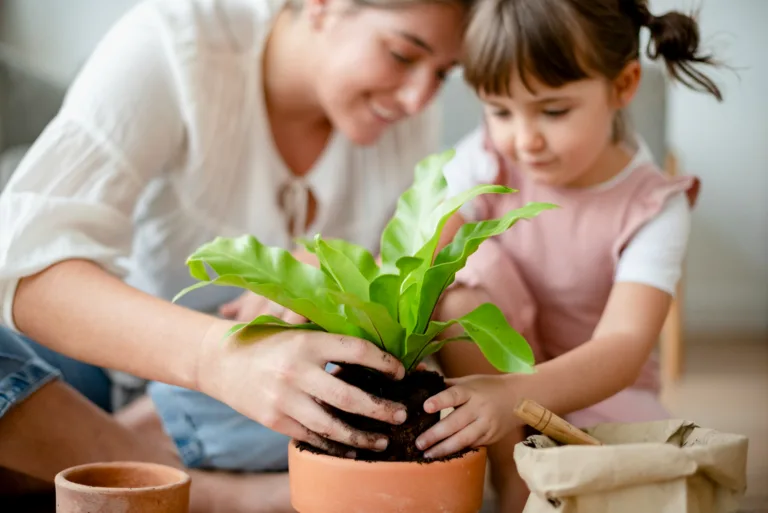
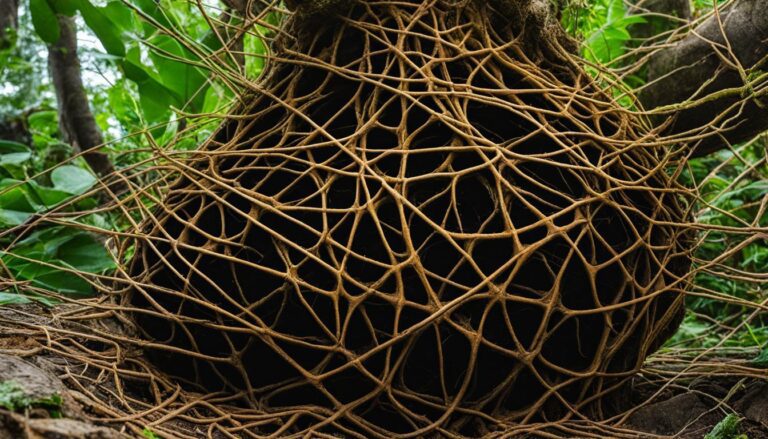
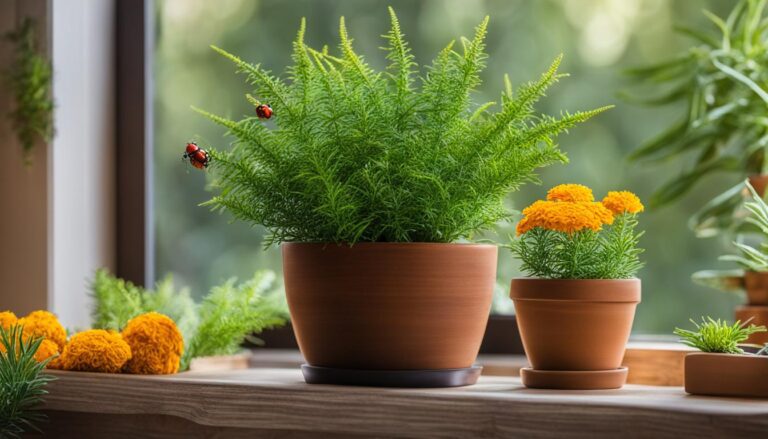
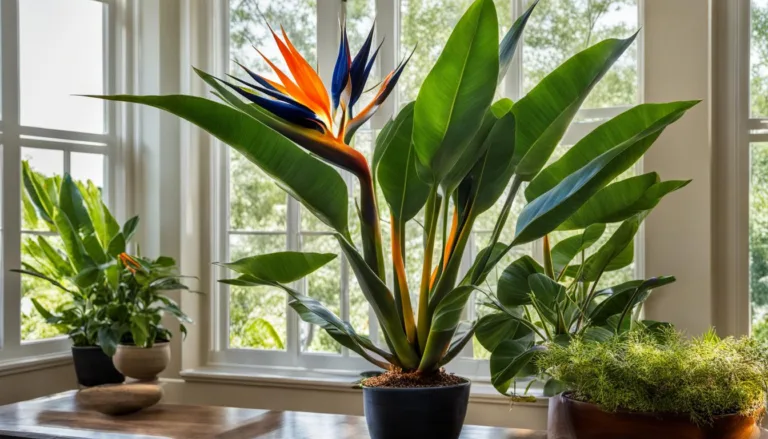
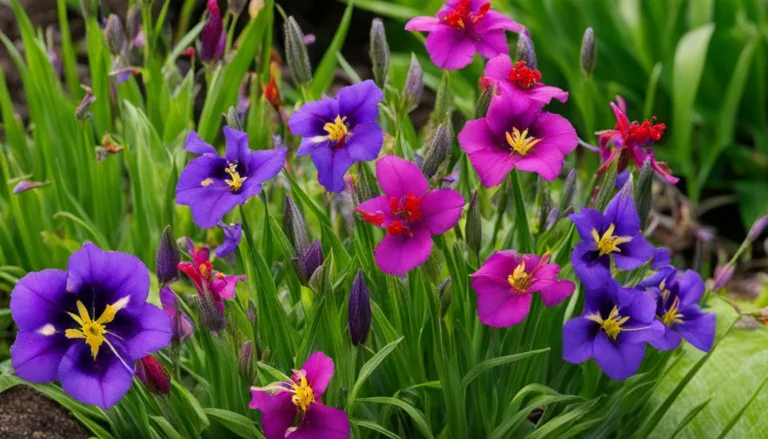

I think every concept you put up in your post is strong and will undoubtedly be implemented. Still, the posts are too brief for inexperienced readers. Would you kindly extend them a little bit from now on? I appreciate the post.